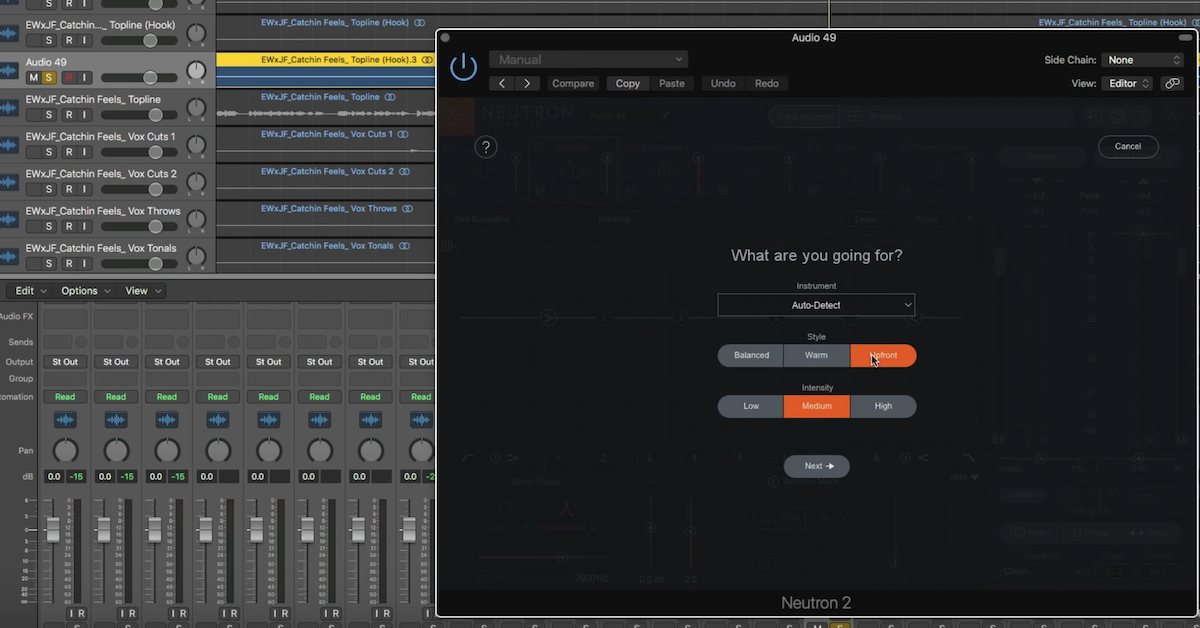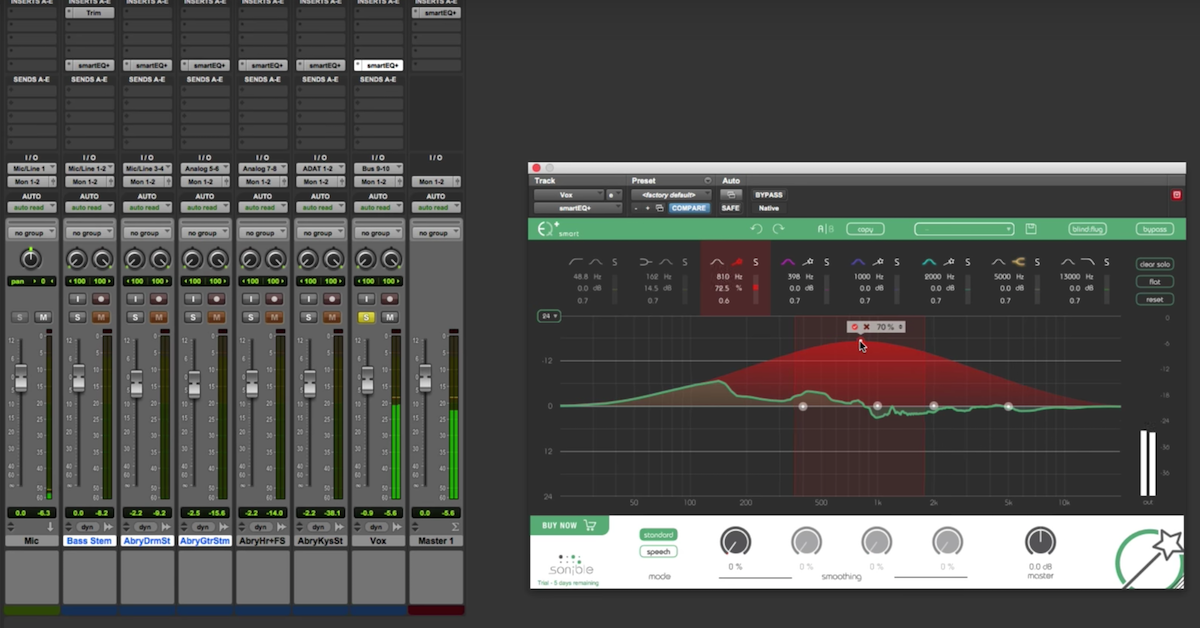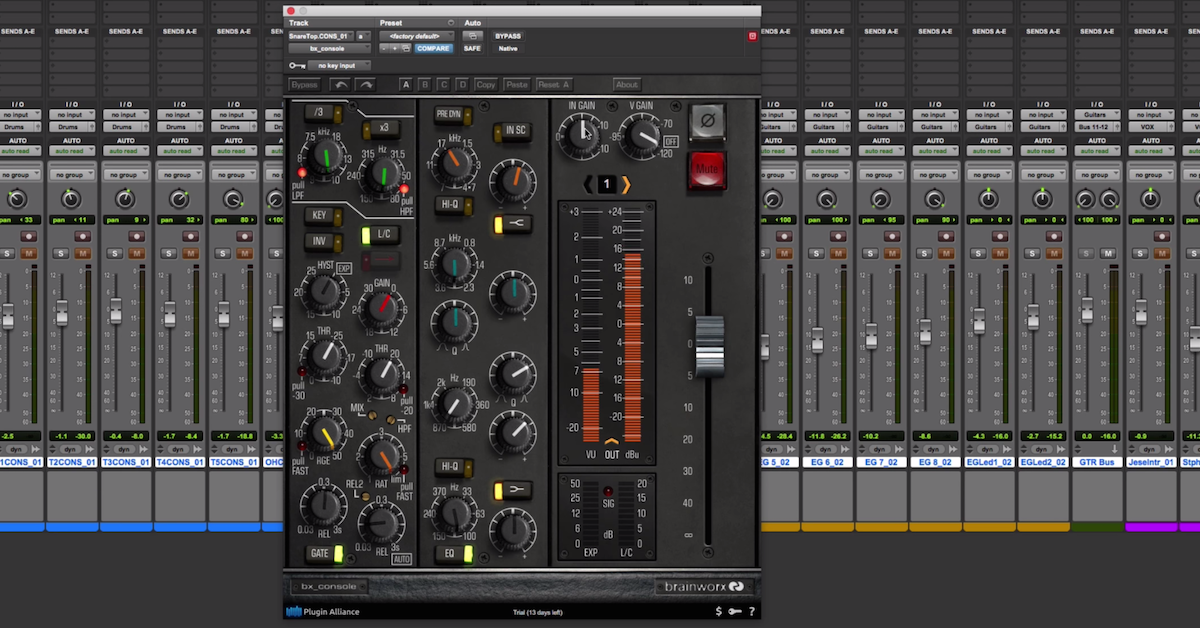The Most Innovative Audio Plugin of 2016
Article Content
Each year brings a new batch of tools for audio engineers to use. Technology continues to improve, giving us new creative possibilities.
There were many amazing plugins released in 2016. Digital modeling technology incrementally improved in many products, getting closer to replicating analog processing. Several essential utility products were released to make our daily workflow faster and easier.
But to me, the past year was marked by several products that do brand new things that have never been done before. It’s one thing to have another new compressor, but I can really appreciate companies trying to use software to experiment with new ideas.
For this reason, I’ve decided to put together a list of my picks for the most innovative plugins of 2016.
1. Celemony Melodyne 4
The fourth version of Melodyne was released right at the beginning of the year. For a long time, Melodyne has been the industry-standard pitch correction software for vocals. Then, the software was expanded to offer polyphonic note adjustments.
The current version of the software offers a unique approach of total signal manipulation. Melodyne now offers the ability to change individual harmonics in a signal in several different ways.
Besides its application for vocals, the software opens up unlimited creative potential for sound design.
From what I can tell, Melodyne appears to be one of the most powerful and sophisticated audio plugins ever created.
2. Waves NX
A new standard was set this year when Waves (best known for their audio effects plugins), applied their signal processing knowledge towards creating virtual listening environments.
Waves NX is a new technology, including an implementation as an audio plugin, which produces the sound of a virtual recording studio environment over headphones. This way a professional mixing engineer can get the studio experience, even if they’re in a less-than-ideal environment.
The NX headphone technology is also available for consumers, and was introduced by the company as a Kickstarter campaign.
Waves has certainly positioned themselves on the cutting edge of the virtual reality craze, likely to continue to explode in 2017.
3. iZotope Neutron
If there was one plugin launched in 2016 with the most buzz, hype, and debate, then it was iZotope Neutron. The plugin gives an engineer the ability to process signals using typical tools: equalizer, compressor, exciter, etc.
Additionally, Neutron has a couple features based on “smart,” artificial intelligence software. In one case, Neutron will analyze a signal and figure out what kind of instrument it is, like a guitar, vocals, drums or full mix. Based on that analysis, the software will suggest a method to process the signal to sound better. I can see this feature being extremely valuable for novice mixing engineers or musicians who prefer to focus on music, as well as experienced pros who just want a fast rough mix as a starting point.
Also, Neutron introduced a new workflow approach where every single instance of the plugin can communicate with the other Neutron plugins in your DAW session. This opens up all kinds of creative options, well beyond simple side-chaining.
One can only hope that iZotope continues down this path for the Neutron software. It appears they have only just scratched the surface on the potential of what’s possible.
Conclusion
2016 was a significant year for audio plugins. I anticipate many of these plugins will be in regular use for a long time, and also lay the foundation for new advancements in the future. I can’t wait to see what’s to come in the next year.






